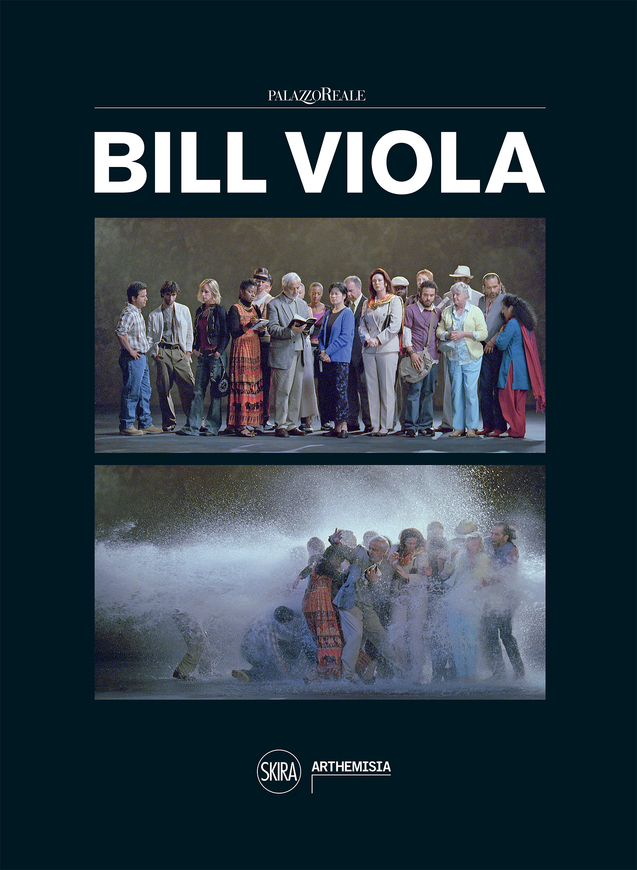Every art exhibition is a complex undertaking involving a large number of people, skills, professions, interests and sensibilities.
And every art exhibition has its own catalogue to explain the concept, research, and exhibition design.; It’s a big little microcosm where extremely diverse aspects and practices converge and intertwine.
Translating an art catalogue also involves a number of professional areas and organisational processes that operate independently, on the one hand, but rely heavily on the work of authors, curators and editors, on the other.

The catalogue can be a companion tool to introduce visitors and readers to the vision, making it a “translation” tool even before it’s translated. But it’s also a memory tool because it ensures that the exhibition will survive beyond its running dates, to establish itself as an important event both for society and insiders working in the field. Finally, it can also be a scientific tool, for cataloguing and documentation. In this case, the language can contain any number of technical terms.
A combination of languages
A catalogue often involves a combination of languages that the translator must be able to master. Critical texts can have very different styles. They may be explanatory and far-reaching, or specialised and even very cryptic. They might introduce the work, or they might place themselves on its level and provide complex interpretative theories. The information may vary in detail, both in the description of the works and the techniques (a word of advice: it is practically impossible – and always dicey – to translate the descriptions of a work without looking at a reproduction). Sometimes the texts can be extremely complex and require a great deal of research: imagine the specifications on working tools for a sculpture exhibition!
Time
Then there is an aspect that may seem minor, but has a huge impact on the translation of an art catalogue: time. Today, almost all publishing houses work on a tight schedule, and they all need it “yesterday”. It can happen that the texts arrive as rough drafts, and translators are required to work on them as their authors are rewriting them. And sometimes the final version doesn’t arrive until the exhibition has already started!
The time factor makes things more complicated and requires efficient preliminary organisation: not only does the work need to be entrusted to translators with expertise in the field, but it often needs to be divided between several translators.
At that point, serious problems of uniformity arise: is the register compatible? Is the specialised language uniform? Is the translation of titles uniform? Have the editorial guidelines been respected across the board?
A work team has to be organised, supervised by one contact person, a translator or editor who can identify the critical points ahead of time, and then manage them… but we’ll talk about this in more detail in a future article!
We all know that it takes time to do things well.
This is also true in the field of translation, because the goal in a good translation is not merely reaching the finish line. It’s an ongoing process, and each new reading reveals possible revisions. It’s no easy thing to accept a translation of an essay about Lucio Fontana’s gestural art, full of quotations and philosophical references, to be delivered in record time! But that’s how it usually goes. When the catalogue in the source language arrives, the goal is always to do the best possible translation in record time.
And this makes it a work of art in its own right.
Do you need to translate an art catalogue?


